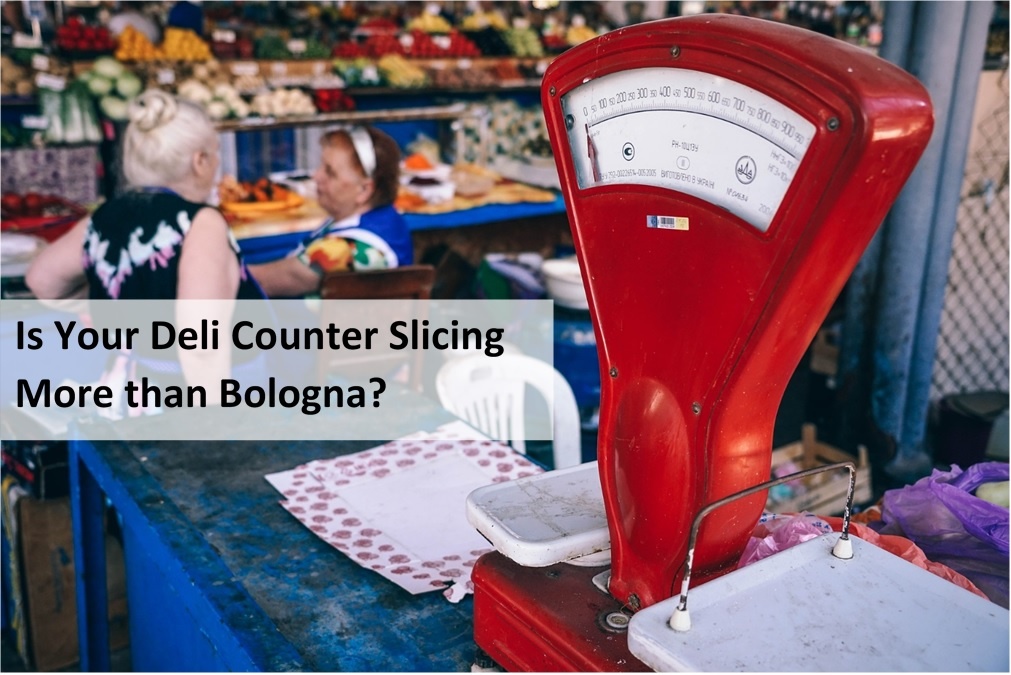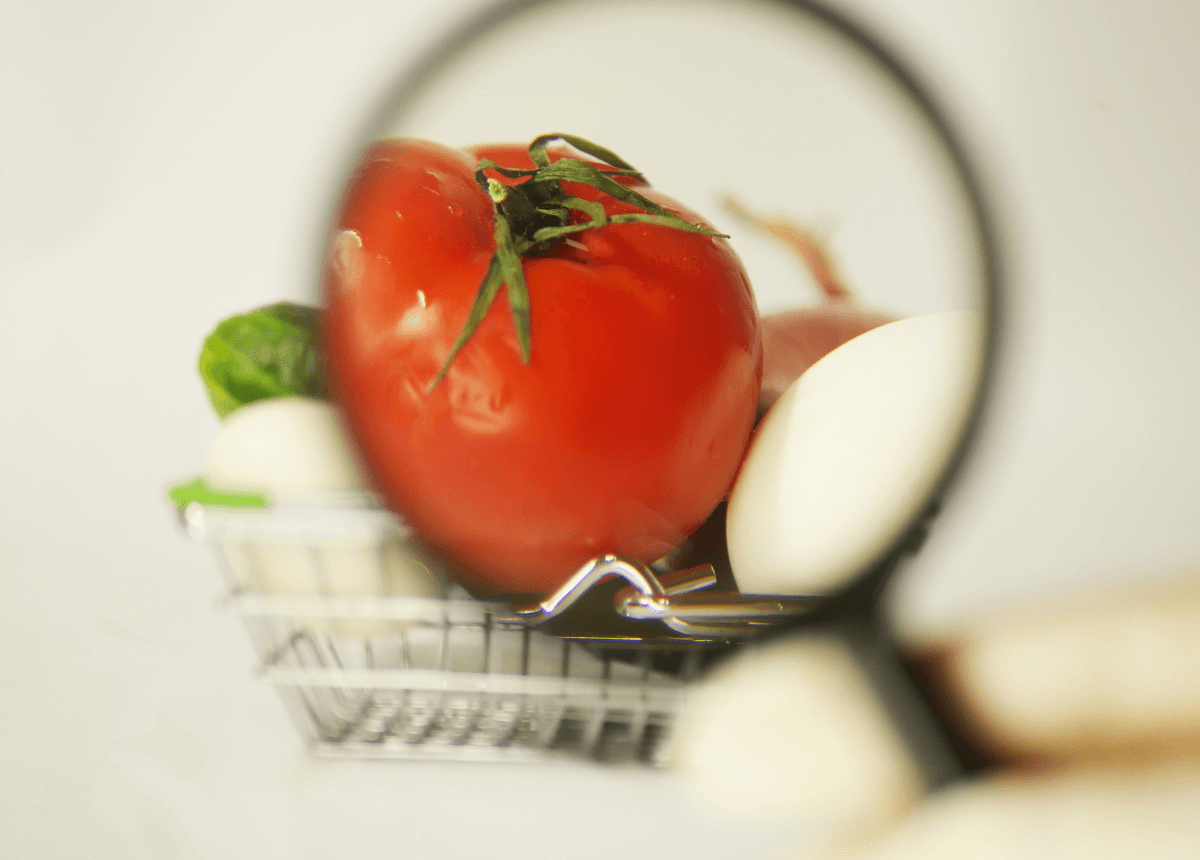Measuring Supermarket Performance: 10 Essential Grocery Operations Metrics
Grocery Seth Aaronson
Seth Aaronson

Grocery operations are more complex and include new customer personas, third-party shoppers, and supply chain glitches that challenge grocers to be efficient and profitable. How can grocers use consistent metrics that accurately measure their performance?
We’ve created a list of the top 10 metrics that grocers need to outperform the competition and navigate a rapidly changing business environment. These metrics should be used as a starting point to measure performance and build out a more complex and complete analytics program.
Transaction Metrics
1. Average Basket Size
Average Basket Size tracks how many items are purchased by a customer. In general, the more items sold means the higher the sales. Grocers use the Average Basket Size metric to measure both in-store and online sales, helping them to create new promotional campaigns, adjust inventory, and take other actions to increase sales. Savvy grocers also use data analytics to track Average Basket Size by customer demographic, store location, month, or other categories.
Calculation: Total items sold / Total number of transactions
2. Abandonment Rate
How many people choose an item but never go through with the sale? The Abandonment Rate measures the number of items and the potential lost revenue. Abandonment is most common in online sales, where people add items to their shopping cart but don’t complete the sale. However, in-store abandonment rates also occur if the shopper finds better pricing online or decides they don’t need the item.
Advanced analytics is helpful to calculate the grocer’s abandonment rate because you must first calculate how many sales were completed or converted.
Calculation: 1 – (conversion rate) = Abandonment Rate
Customer Valuation and Behavior Metrics
3. Customer Acquisition Cost (CAC)
Grocers work hard to earn their customers and should measure the cost to obtain them. Both in-store and online investments are expensive, so grocers should monitor if the revenue they gain per customer covers the cost of acquiring them. Remember, it can take time to build trust and attract new customers, so what you spend on marketing in June may not result in new customers for another 2-3 months.
Calculation: Total sales and Marketing expenses / Total new customers
OR
(Marketing and Promotions Spend + Operating Budget) / Total new customers
4. Customer Lifetime Value (CLV)
How much revenue will you earn from your new customers? Investors and executives will take a deep dive into the ratio between CLV and CAC to ensure that grocers cover their acquisition costs and achieve a ratio of 2.5 or more per customer. They want to ensure that for every dollar invested in acquiring the customer, grocers earn at least 2.5 times revenue over time. It helps grocers target ideal customers who will purchase from them over the long term.
Calculation: (Average Transactions Size) X (No. of Annual Purchases) X (Expected Years of Customer Relationship) = CLV
5. Frequency of Shop
How often do your customers shop? The number of shopping trips indicates customer behavior and, along with Average Basket Size, will give you insights into your customers’ behavior. Loyalty programs, personalized marketing, and targeted promotions can influence how frequently customers purchase. Grocers should consider that shopping patterns have changed dramatically due to the pandemic and an expanding number of channels. Everything from curbside pickup to third-party shoppers will affect this metric, so gathering statistics that clear out the noise will help you focus on the right shoppers.
Calculation: Number of orders / Number of unique customers
Inventory Metrics
6. Stock Turn Ratio (aka Inventory turns)
Grocers make a significant investment in inventory, and they must strive to quickly turn inventory into a sale, generating cash flow. When inventory sits on the shelf, it ties up cash flow. It doesn’t help grocers to have goods sit on the shelf when they could have bought something else that would have sold and turned a profit. The Stock Turn Ratio (aka Inventory Turn Ratio) is a great KPI because it indicates how quickly inventory is moving. This KPI shows how quickly items are moving and generating a sale, whether in-store or online. It uses Average Inventory, which is calculated by adding Beginning Inventory to Ending Inventory and dividing by 2.
Calculation: Cost of Goods Sold / Average Inventory
7. Sell Through Percentage
Inventory can be a guessing game, but the Sell-Through Percentage helps grocers understand how much to purchase. Sell Through is the percentage of inventory that sold within a month. For instance, if a grocer buys 100 cases of energy drinks, but only 50 cases sold in a month, that would be a 50% sell-through rate. Based on that information, the grocer may choose to make the product move faster by promoting it (increasing the sell-through rate) or move it to another location if it looks like sales will slow down. Sell through tells buyers what action they should take to keep goods selling quickly.
Calculation: Number of units sold / Beginning inventory = Sell-Through Percentage (often calculated monthly)
8. Shrink
Grocers spend millions on inventory, so keeping shrink in check is essential to protect their investment. System-level inventory levels represent purchases minus sales, which may differ from what is physically present. Sources of shrink include many sources, from spoilage to employee theft and the growing sophistication of shoplifting schemes. Loss prevention tools are growing, as is the expertise in this field. Calculating and watching for shrink trends by location, item, and other metrics help grocers target their loss prevention efforts.
Calculation: Expected inventory – Physical inventory = Inventory unaccounted for (aka shrink)
Cost of Goods Sold (COGS)
9. Gross Margin Return on Investment
While you might be moving inventory quickly, are you making a profit? That’s where Gross Margin Return on Investment (GMROI) is an essential metric that shows how much you received for every dollar of inventory investment.
GMROI is helpful as a company-wide KPI but can also be calculated by item, department, location, or another metric. GMROI helps grocers see the big picture and hone in on specific products that are stellar – or need to be discontinued.
For example, a store may have earned a $50,000 gross margin on an inventory investment of $40,000, indicating a GMROI of $1.25 for every dollar spent on inventory. But what if there are individual items that are selling at a loss of $.75? It might be time to look at individual items or product lines that are not adding to gross margin to increase overall profits.
Calculation: Gross Margin / Average Inventory = GMROI
Digital Sales Growth and Channel Sales Metrics
Grocers have rapidly invested in e-commerce and new sales channels, including BOPIS, curbside pickup, third-party shopper integrations, and more. In-store sales may still be their primary sales channel, but shoppers need the convenience, flexibility, and safety of new shopping channels.
These alternative channels require new metrics to evaluate the grocer’s success in these areas. In addition to traditional inventory and sales metrics, they also need new ways to measure the effectiveness of reaching their customers via these channels.
10a. Engagement metrics
Grocers must be able to attract online shoppers and measure their effectiveness. They can’t just put up a new display in the store but must-have digital ways of reaching customers. Website, e-commerce, social media, and loyalty programs are just a few of the channels to reach online customers. Grocers should monitor their level of engagement by tracking metrics that include:
- Website traffic – include page views, time per page, new and returning visitors
- Subscriber growth rate
- Bounce rate
- Loyalty program subscribers and activities
- Visitors – new and returning
- Email open rates
- Social media followers
10b. Conversion Rate
Where engagement metrics represent how well grocers did at attracting and interacting with online users, conversion metrics measure how well they achieved a sale. The conversion rate is the most critical KPI because it directly measures online customer activity and sales. Grocers may segment conversion rates by customer type, location, or other demographics to ensure they are reaching the right customers.
Calculation: Web orders / Website visitors or sessions = Percentage of online visitors who made a purchase
Going Beyond the Basics
The above metrics are just a starting point for grocery and supermarket operators. While most of these metrics can be calculated manually or reported through a modern POS system, digging deeper into the details of your business can provide true insight and deliver deeper value.
When it comes to optimizing sales and labor efficiency, analyzing performance in near real-time, and automatically flagging suspicious behavior, the basics simply won’t cut it. Modern Data Analytics solutions allow you and your team to view performance in a new light.
The Agilence & Date Check Pro teams have teamed up to author our new eBook, “Reinventing Grocery: The Timeline to the New Normal” which examines the current situation and future expectations across the grocery industry post-COVID 19. Download this resource now to learn more about keeping inventory on shelves, the new shopper profile, emerging competitors from other industries, and more.
Read more about Shrink here.
Related Articles

How Grocery Stores are Boosting Deli Sales with Data Analytics
Remember the days when you’d saunter into the supermarket for some freshly sliced deli meats and cheeses? You’d approach the ...
Using Market Basket Analysis to Capitalize on Customer Purchasing Behavior
What’s in your basket? That is what retailers want to know. Ever wonder why retailers offer BOGO sales? It’s the same reason ...
Why your Perishable Shrink Plan Isn't Working
Grocers are enjoying the return of shoppers to the store for fresh meat, produce, dairy, and ready-to-eat meals. But how do g...Subscribe to our blog
Receive free educational resources like exclusive reports, webinars, and industry thought leadership articles straight to your inbox.


